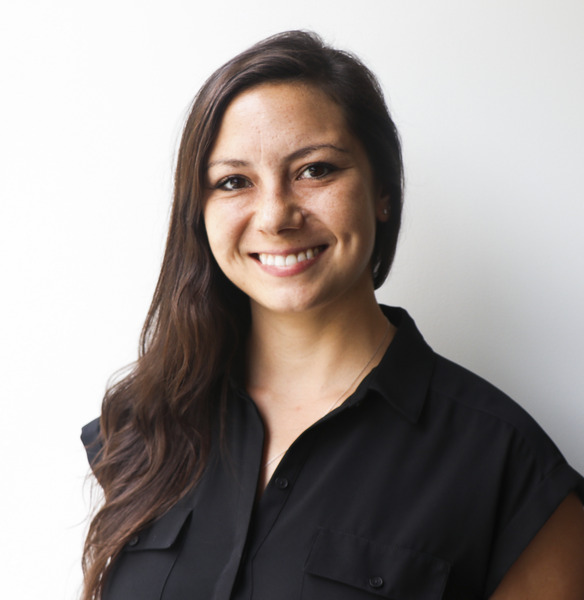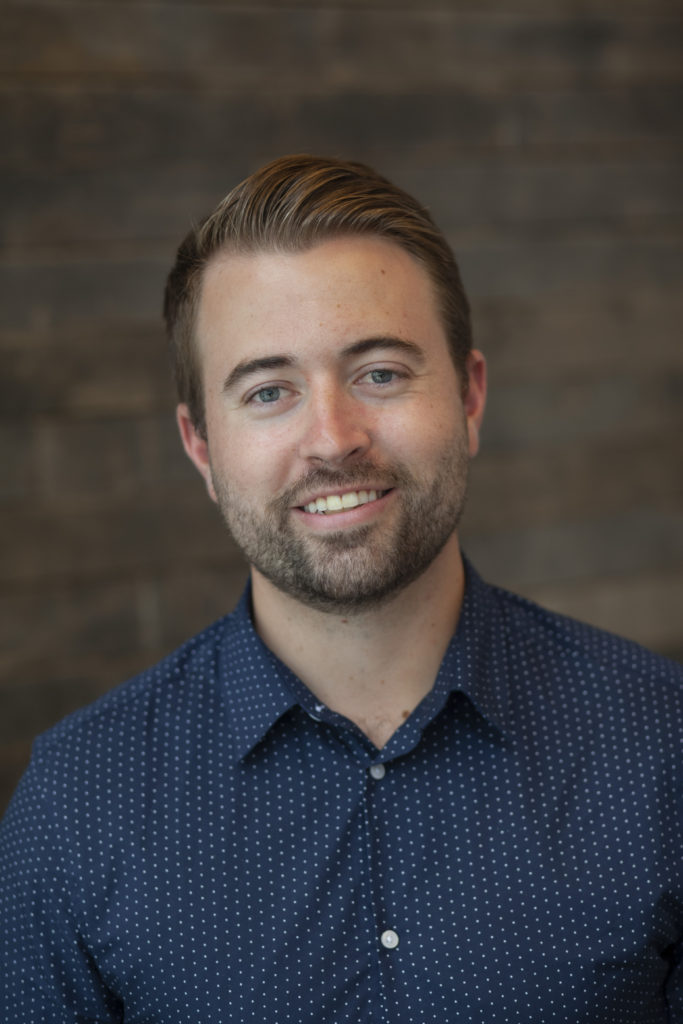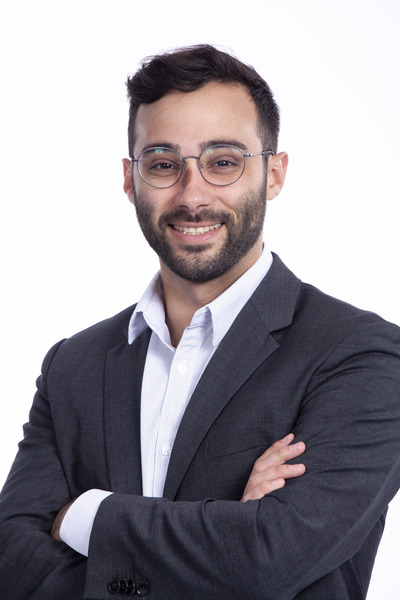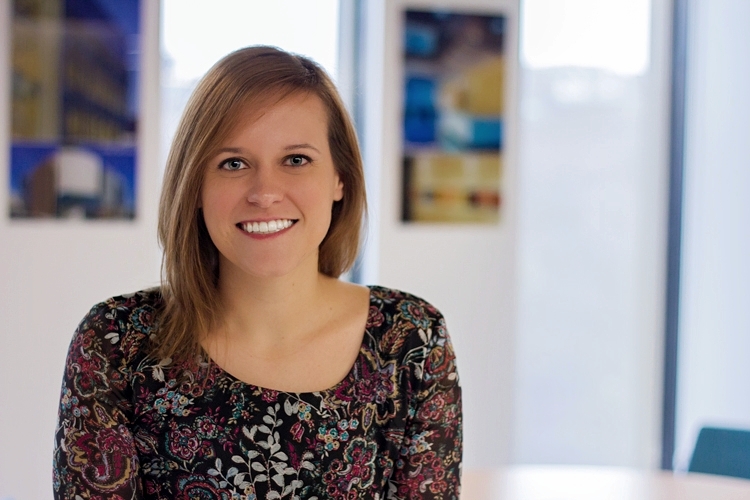An architectural education background may seem like a unique course of study with limited career paths, but when you look at the overarching lessons, it may be the key to endless possibilities. When you take a step back, you can see the common threads between architectural programs across the country: learning how to solve problems critically, openly, and from different angles. Problem solving is the foundation of the profession and the guide that can take your career in many different paths. The problem you are solving is up to you.
Many recent graduates will start their careers in a traditional architectural firm where they learn more about the profession and about themselves and begin to understand some of the possible career paths. Choosing to leverage your strengths and focusing more energy in those areas may help you take your career down some unique paths.
But a career in a traditional architecture firm may not be the right fit for you. The art of problem solving is the endless number of ways you can approach it. The built environment can be approached through several angles and perspectives. The roles, such as architect, owner’s representative, facilities manager, subcontractor, construction project manager, project engineer, developer, real estate agent, tradesperson, etc., all contribute to the built environment, and each has its own distinctive approach. The beauty of a background in problem solving through an architecture program is that it allows career paths to be as unique as the individuals choosing them.
There are also careers completely unrelated to the built environment in which those with an architectural background can thrive. The technology industry is a great example of an alternate career path. Evelyn Lee is an architect who has been working in the technology industry for years. She also co-hosts a podcast, Practice Disrupted. She is one example of how your background and education in architecture can lead to a path that’s unrelated to the built environment but that aligns with the environment of human experience and the digital world.
To share some more examples of individuals who took their design education in a different direction, I reached out to a few colleagues. I hope their stories inspire you to carve your own path that aligns with the problems you want to solve, regardless of whether that is being a traditional architect or something completely different.

Christiana Copper, RA, MBA
Project Manager at a reinforcing-steel manufacturer
College degree: Master of architecture and master of business administration (Kent State University)
Why did you choose this career path?
I was first drawn to this path when I took a job working as a detailer for a structural steel engineering and manufacturing company. Working for the subcontractor, I got to see how the architect’s drawings are used by other disciplines. I am now in a leadership role in a company of 30 people.
What do you enjoy most?
I like being close to the construction process. Being part of steel manufacturing gave me the opportunity to work with people in skilled trades and gain experience on the job site. You see for yourself how the pieces of your design are made and delivered to the site, which is the kind of experience that strengthens your skills as an architect.
Any advice for a young professional looking to do something similar?
Be open to less traveled paths and unconventional opportunities. Your skills as an architect can be honed in many different environments, and you can bring unique value wherever you go.

Dana De Filippi
Associate BIM technologist
College degree: Bachelor of science in interior design, minor in industrial design (Virginia Tech University)
Why did you choose this career path?
I excelled in technology. Also, given the recession during the time I graduated, it made sense to go this direction.
What do you enjoy most?
I enjoy seeing many project types, working with many project teams, and coming up with advanced workflow solutions.
Any advice for a young professional looking to do something similar?
Connect virtually with user groups/online presentations and seminars, and network with experts in the BIM management role.

Clarke Lewis
Senior Development Manager
College degree: Bachelor of architecture (Kent State University), master of architecture and graduate certificate in real estate development (University of Michigan)
Why did you choose this career path?
I can’t say I consciously choose real estate development, but I sort of fell into the profession during grad school, and my career path unfolded from there. While studying at the University of Michigan, I was seeking out classes to take at Ross Business School, and my roommate suggested I tag along to an intro to real estate development course he was signed up to take. I was hooked instantly. Between the insight into real estate development and our professor Peter Allen’s infectious energy, I knew I was in the right place. From there, my focus certainly shifted to pursue real estate development as my career. I enrolled into Michigan’s graduate certificate in real estate; I began networking within the field and decided, along with two classmates, to push our term project beyond the classroom and move forward with developing two properties in Detroit. Those two properties are now Baltimore Station, a 27,000-square-foot development that consists of retail at grade and 23 apartments on the two levels above. Baltimore Station ultimately opened my career in real estate development and the door at The Platform when formed in 2016.
All this said, I believe the main reason real estate development was so attractive to me was the fact development is the business of the built environment. It combined my interest in business and entrepreneurship with my passion for cities and the built environment. Essentially, each development is like starting a new business and brings new opportunities and relationships. It’s really all fascinating. Another bonus is that real estate development offers a way to build wealth over time, more so than if I stuck with architecture solely.
What do you enjoy most?
My work ranges from day to day. I really enjoy the wide array of people I get to converse with and how one day I could be negotiating a lease with a restaurateur and the next participating in a design charrette with our architect. Being involved in every aspect and stage of a project from acquisition to disposition is really interesting and satisfying. Real estate development has widely expanded my knowledge in how a project gets planned, built, and succeeds, and that learning and broad experience keep me curious and very intrigued.
Any advice for a young professional looking to do something similar?
A degree in architecture has played an enormous role in how I work, create, think, and process issues. Value your education and learning experience in architecture, and tailor it to the career path you have interest in. Creative thinking and understanding complex decisions/problem solving are some of the best skills you can concentrate on mastering, and they are in fact rooted within your education in architecture school. Lastly, I’ll add, and end with, two of my six principles that help steer my pursuits in life. (1) Simplify with action. (2) Prepare well and often. There is no better time than now: Take action, follow up with everyone, and keep practicing. At the end of the day, inaction kills any progress or dream. Preparation helps with all pursuits; continue to gather meaningful information, learn, improve, and make yourself ready for the next opportunity.

Leland Curtis
Co-leader of computational design
College degree: BAE/MAE in architectural engineering with a minor in architectural studies (Penn State University)
Why did you choose this career path?
I try to follow my passion, and that led me here! Architecture is a wonderful blend of creative and technical thinking, which fits my personality well. Focusing on computational design allows me to feed my curiosity because my job is to dream up new workflows and design methodologies that technology only recently made possible. Not only do I get to work within an industry that I love, but I get to operate as an entrepreneur and inventor as well. It’s a dream job.
What do you enjoy most?
I love learning new things, solving complex problems, and sharing ideas with people. It is also wonderful to know that my work helps make high-performance, sustainable design feasible. It is nice to feel like I’m a part of something larger than myself.
Any advice for a young professional looking to do something similar?
Learn to code and invent a new, better way. Industry experience doesn’t translate into an understanding of the digital age. Young people, being digital natives, are in a great position to re-evaluate how digital workflows can disrupt any industry. Your boss likely knows less about coding and data than you do, so why wait for them to tell you how technology will affect your workflow or business? Seize the opportunity and add value in new ways.

Kelly Cummings
Business Development and Strategic Marketing Manager
College degree: master of arts in communication (Duquesne University,); bachelor of arts in interior design (Kent State University)
Why did you choose this career path?
I didn’t choose my career path; my career path chose me. I followed my passions. My interests in technical drawing and graphics led me to pursue a bachelor’s degree in interior design. My interests in psychology and nonverbal and visual communication led me to pursue a master’s degree in communication. I combined all that with my love of architecture and found the perfect spot for all my talents and interests as a leader in branding, marketing, strategic planning, graphic design, and business development for architecture firms.
What do you enjoy most?
Design thinking. Everything I do for my job is grounded in it. I really enjoy strategy, immersing myself in research and data to understand the big picture. I then enjoy the challenge of translating that data into comprehensible stories and graphics that are relatable and easy to digest. From proposal and interviews to strategic planning and branding, by understanding others’ needs, I can design human-centered solutions to any problem.
Any advice for a young professional looking to do something similar?
Pursue your passions, keep an open mind, and think big. There is no right or wrong way to pursue your interests. Rarely does your first job align with all of your interests; each internship or job experience is a steppingstone that teaches you more about who you are and what you want. By choosing to learn, reflect, and grow from these experiences, you can discover the path that is right for you. In the end, it does not matter how you get there.
Written by
Katelyn Rossier, AIA, LSSBB
Original Released 10/15/2020 at AIA YAF Connection Magazine


